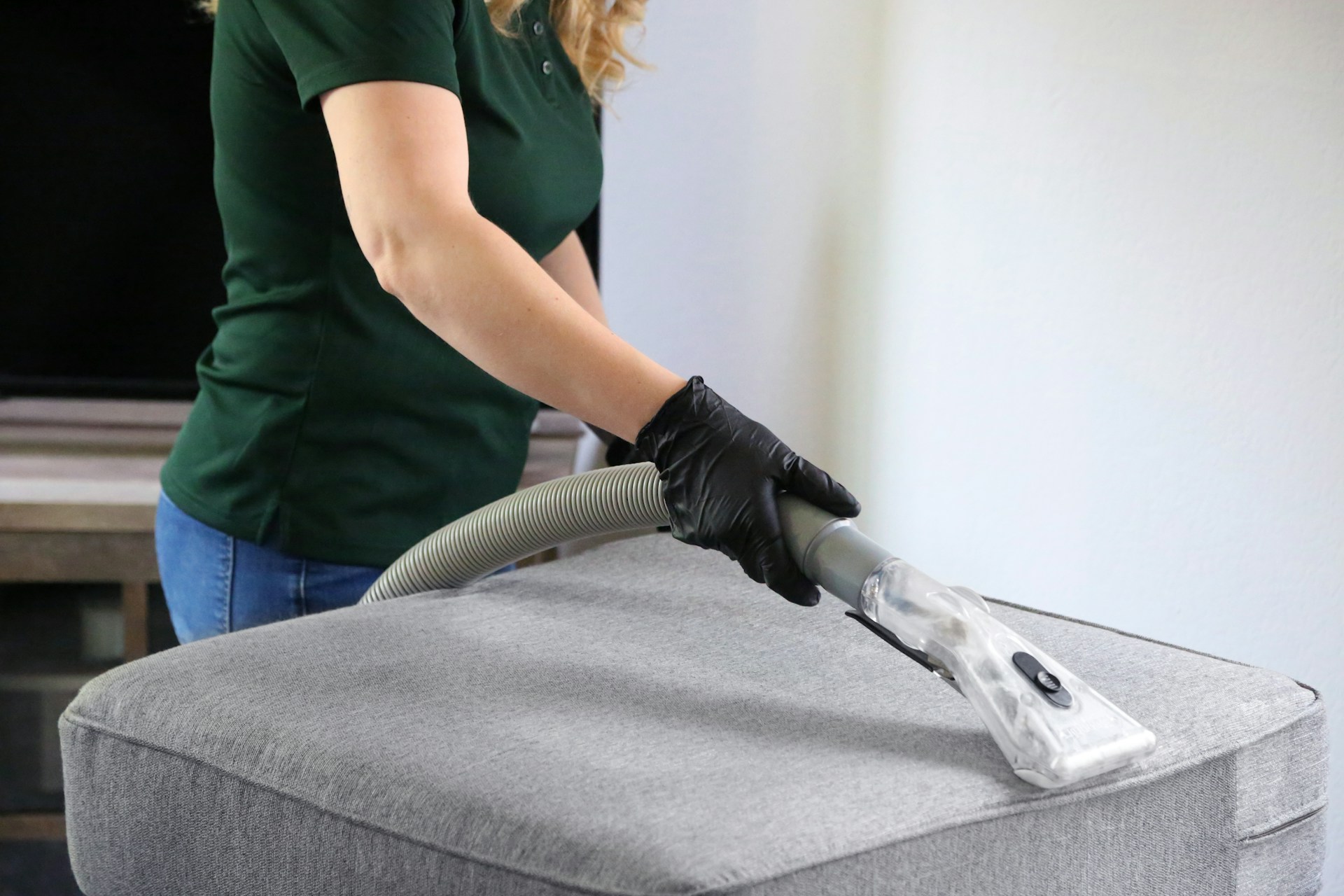So, you’ve decided it’s time to part ways with your old sofa. Whether it’s seen better days, you’re redecorating, or you simply need more space, getting rid of a large piece of furniture like a sofa can be a challenge. But don’t worry; there are plenty of options available, and many of them are environmentally friendly, including stretch sofa covers (https://mammamiacovers.com/collections/sofa-slipcovers). Let’s explore the best ways to dispose of your old sofa without causing harm to the environment.
Assessing the Condition of Your Sofa
Before deciding how to dispose of your sofa, it’s crucial to assess its current condition thoroughly. This step will help you determine the best course of action and maximize the value of your sofa, whether through resale, donation, or recycling.
Is It Usable or Beyond Repair
Take a close inspection of your sofa to gauge its usability. Consider factors like structural integrity, upholstery condition, and overall appearance. If your sofa is still in good condition with minor wear and tear, it may be suitable for resale or donation. However, if it shows significant signs of damage, such as broken frames, irreparable upholstery stains, or sagging cushions, it might be beyond repair, limiting your disposal options.
If your sofa falls somewhere in between—usable but with noticeable wear—you may have options to refurbish or sell it at a reduced price.
Evaluating Resale Value
For sofas in good condition, evaluating its resale value is essential. Begin by researching similar sofas on online marketplaces like eBay, Craigslist, and local classifieds. Look for listings that match your sofa’s style, size, and condition to gauge its market value realistically.
Consider factors like brand reputation, material quality, and current trends in furniture resale. Pricing competitively is key to attracting potential buyers. High-quality photos from different angles and honest, detailed descriptions highlighting any imperfections will enhance your listing’s appeal and credibility.
Selling Your Old Sofa
When it comes to selling your old sofa, there are several effective strategies to consider to maximize your chances of finding a buyer and getting a fair price.
Online Marketplaces
Websites such as Craigslist, Facebook Marketplace, and eBay offer vast platforms to reach a wide audience of potential buyers. These platforms allow you to create detailed listings with multiple photos showcasing your sofa’s condition, dimensions, and any unique features. Ensure your photos are clear and well-lit, capturing the sofa from different angles to give buyers a comprehensive view.
Local Classifieds
Don’t underestimate the power of local classified ads, both online and in local newspapers or community bulletins. These ads can target buyers specifically looking for furniture in your area, reducing logistical challenges like shipping or long-distance transactions.
Tips for Effective Listings
- Photos: Take high-quality photos that accurately represent your sofa. Include shots from the front, sides, and back to show its condition and features clearly.
- Descriptions: Write detailed descriptions that are honest about the sofa’s condition. Mention any flaws or wear and tear to manage buyer expectations and build trust.
- Pricing: Research similar listings to determine a competitive price for your sofa. Consider its age, brand, condition, and market demand. Pricing too high may deter buyers, while pricing too low could undervalue your item.
By utilizing these strategies and tips, you can optimize your chances of successfully selling your old sofa and finding a new home for it.
Donating Your Sofa
| Organization | Accepts Sofas? | Pickup Service Available? | Benefits |
| Goodwill | Yes | Yes | Supports job training programs |
| The Salvation Army | Yes | Yes | Funds disaster relief efforts |
| Local Thrift Stores | Yes | Varies | Supports community initiatives |
- Goodwill: Goodwill accepts sofas in good condition and provides free pickup services in many areas. Donations support their job training and employment placement services.
- The Salvation Army: This organization accepts sofas and offers pickup services in most locations. Proceeds from sales help fund their community programs, including disaster relief efforts.
- Local Thrift Stores: Many local thrift stores accept furniture donations, including sofas. Pickup availability may vary by store, so it’s advisable to check with them directly. Donations typically support various community initiatives and services.
Donating to these organizations not only helps you responsibly dispose of your sofa but also supports valuable community services and charitable causes.
Recycling Options
If your sofa is no longer usable or suitable for donation, recycling is an environmentally friendly way to dispose of it, ensuring that its materials are reused rather than adding to landfill waste.
Recycling Centers
Some recycling centers accept large furniture items for recycling, including sofas. These facilities have the equipment and processes to handle the disassembly and recycling of materials like metal frames, wood, and fabric. Check with your local recycling center or waste management authority to determine if they accept sofas and what their requirements are for drop-off or pickup.
Materials That Can Be Recycled
Various components of your sofa can typically be recycled, depending on the materials used. Metal frames, for example, can be melted down and reused, while wooden parts can be chipped or processed into new products. Fabric upholstery may be more challenging to recycle directly but can sometimes be repurposed or reused in other applications.
How to Prepare Your Sofa for Recycling
Before taking your sofa to a recycling center, prepare it by removing any non-recyclable parts or contaminants. Separate materials like wood, metal, and fabric if possible, as this facilitates the recycling process and ensures that each material type can be processed efficiently. If there are specific guidelines or requirements from the recycling center, such as disassembly or packaging, be sure to follow these instructions to streamline the recycling process.
Upcycling and Repurposing
Upcycling and repurposing parts of your old sofa can be a creative and sustainable way to give it a new lease on life, even if it’s no longer suitable for its original purpose.
Creative Ways to Reuse Parts of Your Sofa
If you have a knack for crafts or DIY projects, consider how you can repurpose different parts of your sofa. For instance, the fabric upholstery can be transformed into decorative pillows, cushion covers, or even used as upholstery for smaller furniture pieces like ottomans or chairs. This not only extends the life of the fabric but also gives your home a personalized touch with unique, handmade decor items.
Wooden frames or legs from your sofa can be repurposed into various household items such as shelves, coffee tables, or even outdoor furniture with a bit of sanding, painting, or refinishing. The sturdy structure of sofa frames makes them ideal for creating durable and functional pieces that complement your home decor.
DIY Projects
The internet is a treasure trove of DIY ideas and tutorials that can inspire you to repurpose your sofa creatively. Websites, blogs, and social media platforms like Pinterest feature countless projects ranging from simple to advanced, catering to various skill levels and preferences.
DIY projects can range from reupholstering your sofa with new fabric to completely transforming its parts into entirely new furniture pieces. For example, you might turn sofa cushions into pet beds, use the springs for a unique wall art installation, or repurpose the entire sofa frame into a stylish outdoor bench. The possibilities are endless, and DIY projects not only save money but also allow you to express your creativity and contribute to sustainable living practices by reducing waste.




